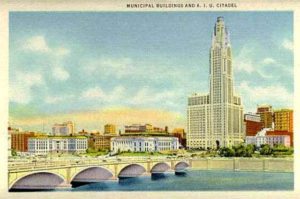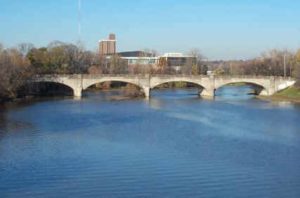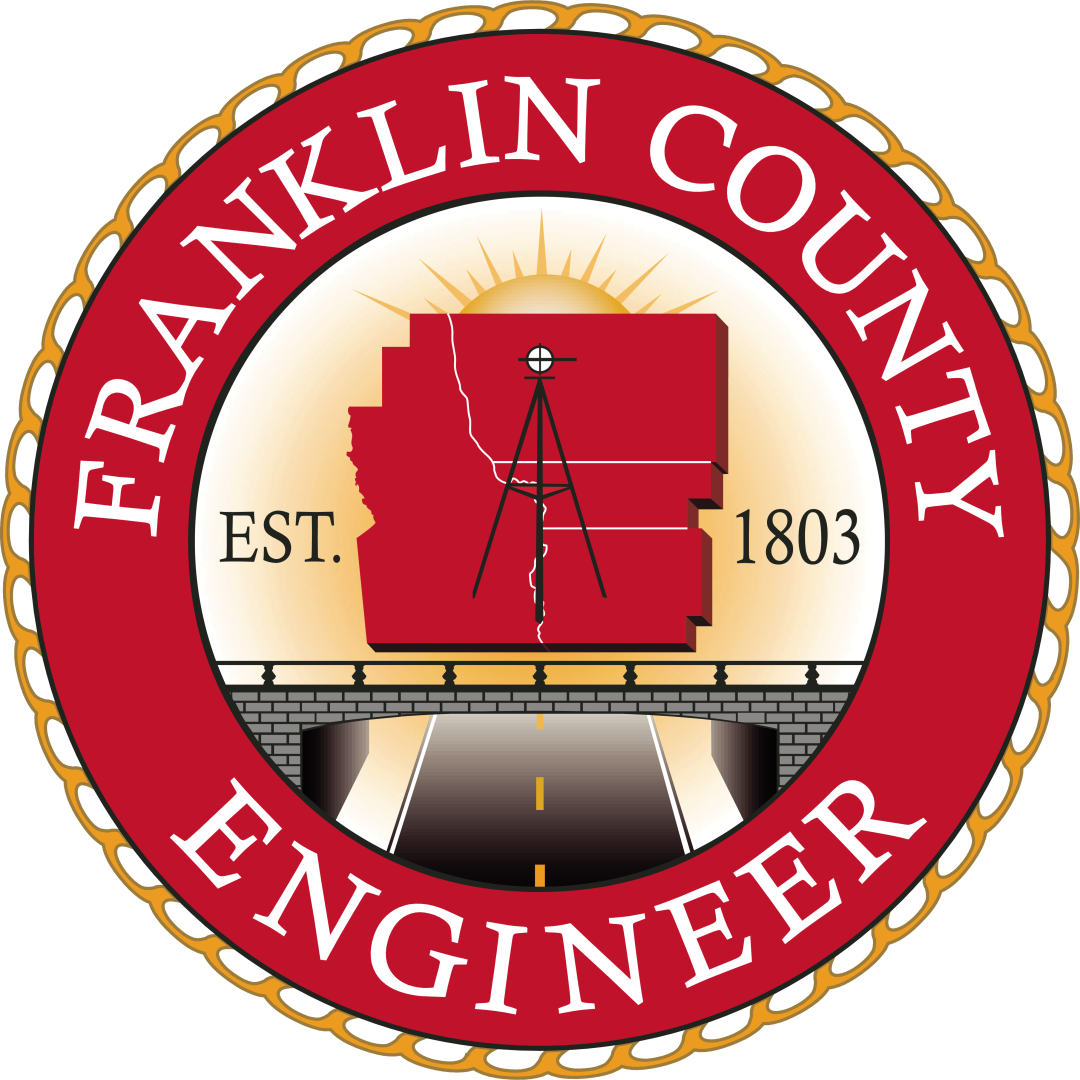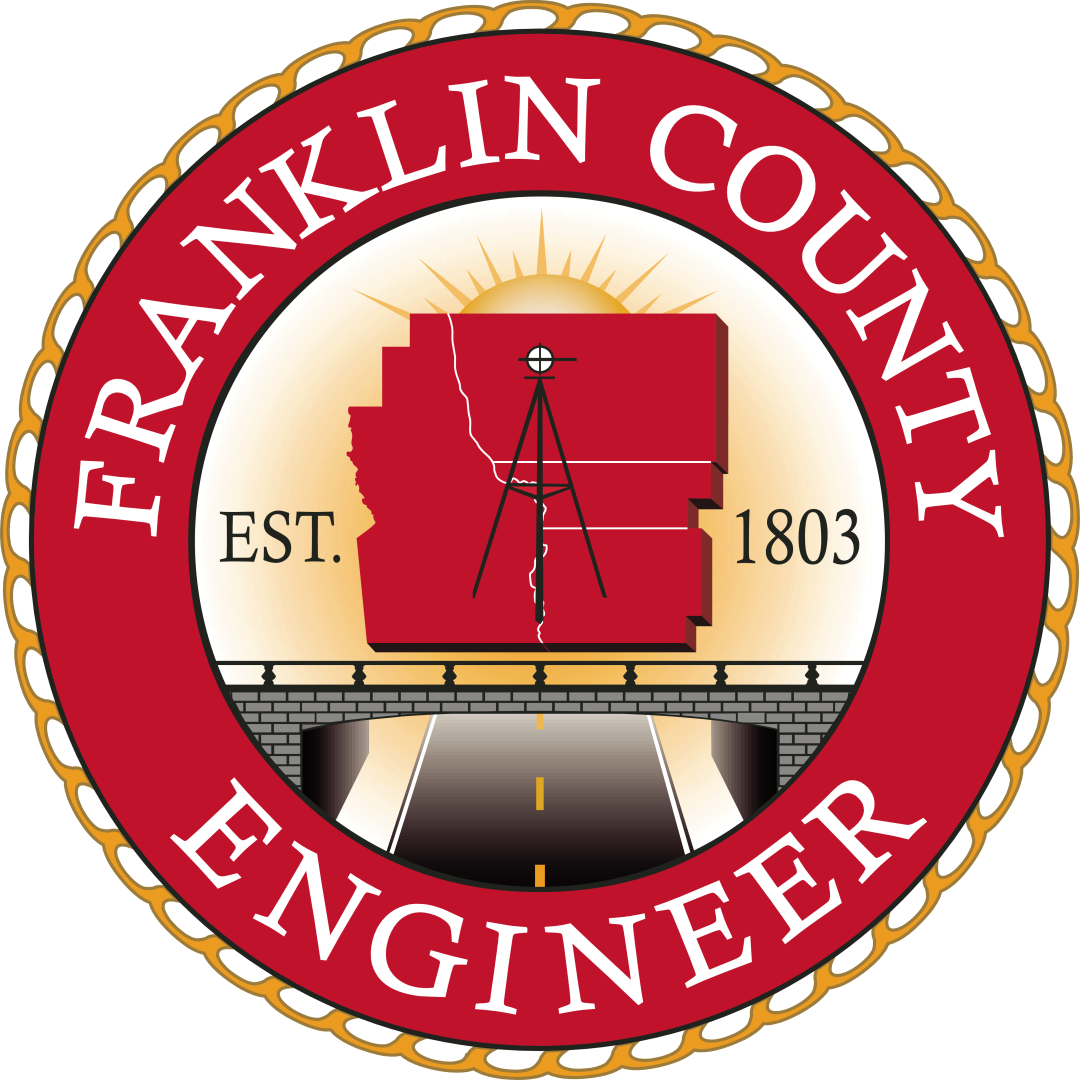Bridge Builders Biography Chapter 3
European Grandeur


The 1893 World’s Columbian Exposition, held in Chicago, set the standard for new construction with the start of the City Beautiful Movement in architecture and engineering. Over the next forty years, European classical styles of Greek and Roman design, as influenced by the Ecole de Beaux Arts in Paris, France, would dominate the way public buildings, parks and bridges were to be built.
The Columbus Master Plan of 1908 would bring that popular European vision to Franklin County with the suggestion that bridges be built as “distinctive and important civic monuments.” This inspired renowned bridge engineer and Cleveland native Wilbur J. Watson to design ornate concrete arch structures for King Avenue (1914), Third Avenue (1917), and Lane Avenue (1919) that extolled both structural beauty and the strength to withstand seasonal flooding and the demands of the evolving “Auto Age.”





